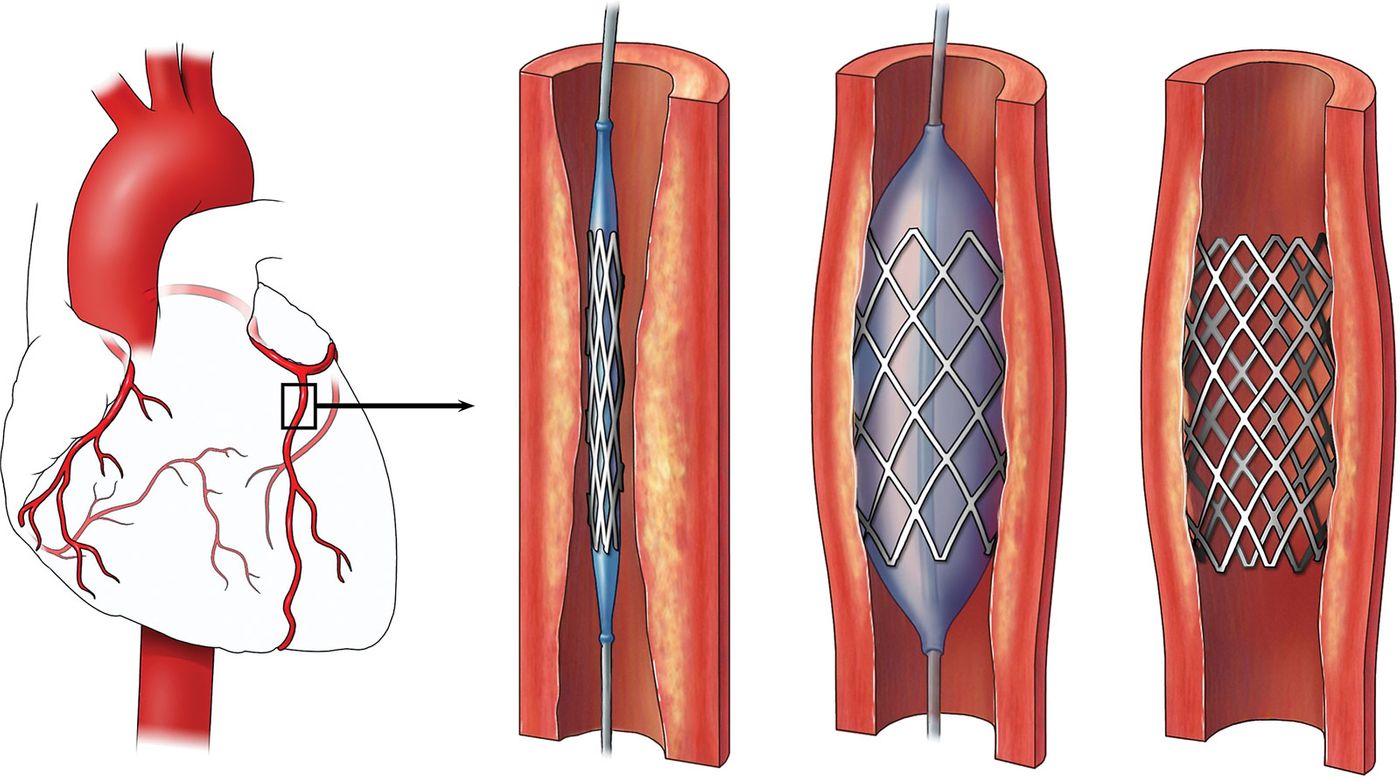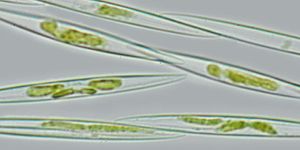Current procedure for treating heart attacks involves quickly unblocking the clogged artery that caused the attack with a stent insertion. A new study looked at the possibility of treating more than one artery during this kind of surgery.
Although not all of the arteries may be fully blocked like the artery which caused the heart attack, treating narrowed arteries in addition to the main blockage that caused the heart attack may result in better outcomes for the patient.
"However, there is concern that the longer procedure, and putting in more stents, may cause more damage to the heart,” said Dr. Gerry McCann, NIHR Career Development Fellow at the University of Leicester and Leicester’s Hospitals.
To determine the risk of increasing the number of treated arteries during a post-heart attack surgery, McCann led a study observing 203 heart attack patients. The patients either had only the blocked artery treated or had all potentially troubling arteries treated, and afterword McCann used magnetic resonance imaging (MRI) scans to measure and compare heart muscle damage between the two groups.
22 percent of the heart attack patients with all heart arteries treated during surgery “had more than one area of heart muscle damage more frequently” compared to 11 percent in the group who had just the blocked artery treated. However, the percentage of overall heart damage varied little between the two groups. Heart health following the surgery was also similar for both groups.
McCann believes these results prove it is safe for doctors to treat more than one artery during surgery after a heart attack. However, doctors would have to treat narrowed arteries at their discretion during the time of surgery. The results of McCann’s study were published in the
Journal of the American College of Cardiology.
Watch the following video to learn more about stent implantation.
Source:
University of Leicester









